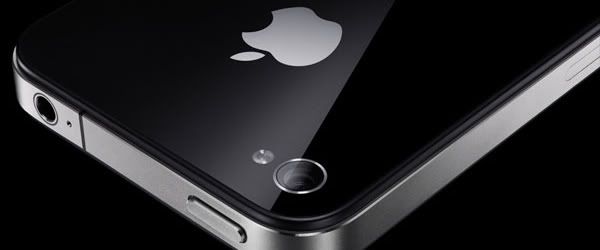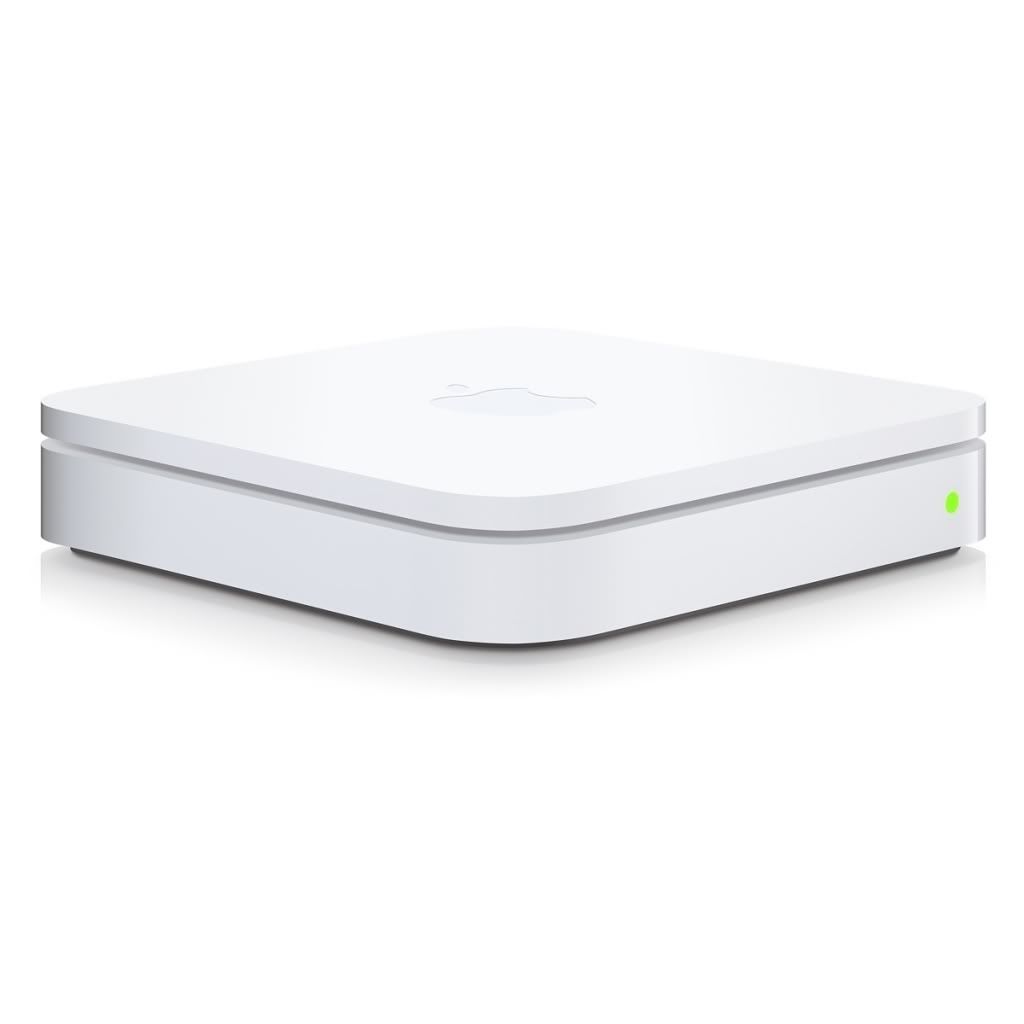
I guess you're thinking that this will be another commentary on OS X Lion's really ugly, new Address Book interface (along the lines of Lion's equally ugly, new iCal interface). No, it won't be that, although I am among those who don't like the change to the faux leather look (a GUI design idea that went stale about 10 years ago).
I'm talking about the Address Book's internal changes that costed me HOURS of work to get things functioning normally again…specifically, syncing information to my iPhone.
Here's the story: I thought I would be smart about my Lion upgrade. First, I waited until version 10.7.1 to go for it. Then, I ordered a brand new 1TB hard drive to install in my Mac Pro. I used Onyx to really clean up my Snow Leopard install, and then I proceeded to use Carbon Copy Cloner to clone my SL drive to the new 1 TB drive. Now I was ready to upgrade that new drive to Lion, keeping my original SL drive as a backup. Smart, huh? But Apple would get the last laugh.
I upgraded as described and everything seemed great! I love Lion's new zippiness and several of the features (though Launchpad is fairly useless for me). Then, I plugged my iPhone 3GS into the dock and synced normally with iTunes. A first glance and everything seemed fine. Wrong! I received a text message from my wife and noticed that it had her number listed instead of her name. What was this? I looked through my Contacts on the iPhone and noticed that NO CONTACTS HAD PHONE NUMBERS!!! All the other information was there: addresses, emails, notes. Just not the most important bit needed in a phone--the damn phone numbers!!!! A glance through the Address Book on the Mac showed that all the phone numbers were still there. They just wouldn't sync.
I tried all the usual troubleshooting stuff, to no avail. Realizing that my issue had something to do with syncing, I followed Apple's own guidance for advanced syncing issues. All of these steps did not help, initially, because they failed to take into account the iPhone itself. I also tried iTunes and replacing all the contacts on the iPhone, which also did not fix the issue…still no numbers. I even posted on Apple's community web site for help and got no takers. So, I went back to Apple's advanced syncing troubleshooting article and went about it from a different angle. As I touched on earlier, they never really brought the phone into the discussion much, other than saying sync normally after the troubleshooting steps.
Thinking I had an epiphany, I toyed with Address Book preferences--specifically the phone number format (which is a bit buggy at the moment); that was also ineffective. So, I decided to backup my Address Book into an archive, copy a vCard for all my contacts and groups, and then delete everything to do with Address Book from my Mac except the application--just as the article describes (remove caches, Application Support folder, and preferences). The difference is that--after doing all those steps--I also synced the phone and made sure that all my contacts were deleted from the Contacts app. I now had a virgin Address Book and a virgin Contacts app on the iPhone. From here, I reimported my contacts using the vCard into Address Book. Apple's instructions for recreating groups did NOT work; maybe it worked before Lion, but not now (this was really frustrating…trying to easily recreate groups as they described resulted in a huge amount of wasted effort, with groups that appeared reconstituted but with contacts that disappeared after restarting Address Book). So, I had to manually recreate my groups, which took HOURS (as I said). I used Quick Look to help me do this; highlighting a vCard in the Finder and pressing spacebar gives you a look at all the contacts inside each group. Then it's just a matter of searching for them in Address Book and then adding them to the recreated group. A huge waste of time!
I also need to add that I used my Address Book with Dropbox, but moving my Application Support folder back to the Library did not fix the issue either. Dropbox was not the culprit.
I imagine it's related to the coming iCloud and the changes required for syncing to that medium, but who knows. Ironic that the most important bit of information on a phone--the numbers--were omitted from the syncing process, leaving me with an essentially useless phone.








